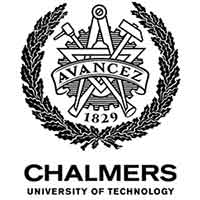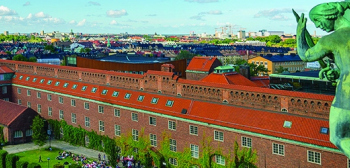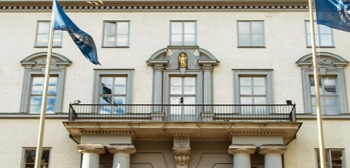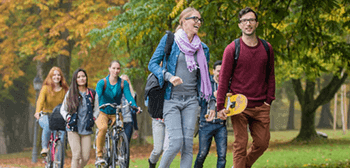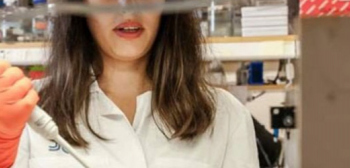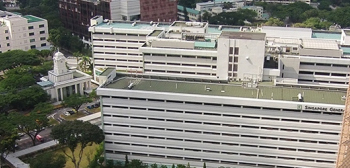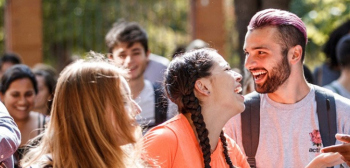- #165 QS Global World Ranking
- Private not for ProfitStatus
- Very HighResearch Output
- 10,201Total Students
- 1,206Faculty
- 2,558Int'l Students
The University’s position in the current QS World University Rankings.
Whether the University is funded by the government of that country or state, or funded by private donations.
The research intensity of the University, based on the number of papers output relative to the University’s size.
The number of full time equivalent students enrolled at the University.
The number of full time equivalent teaching staff employed by the University.
The number of full time equivalent international students enrolled at the University.
Chalmers University of Technology

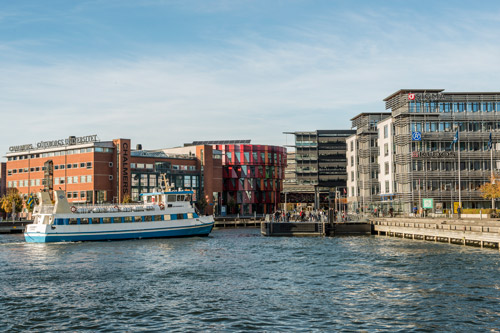
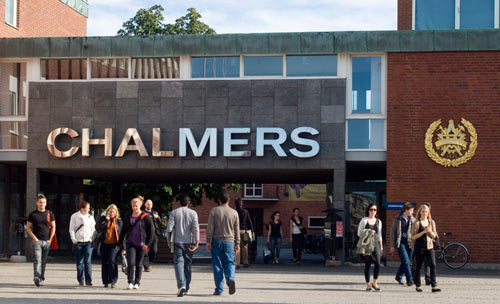
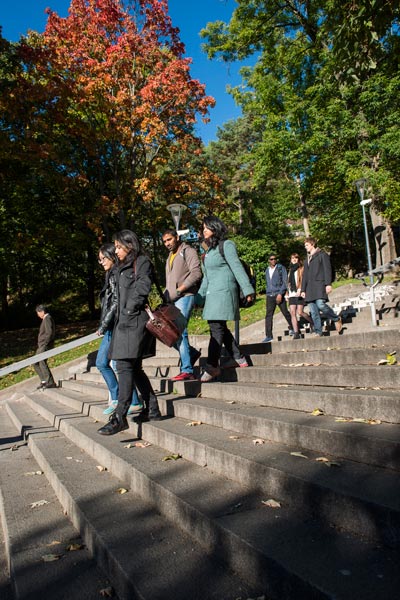
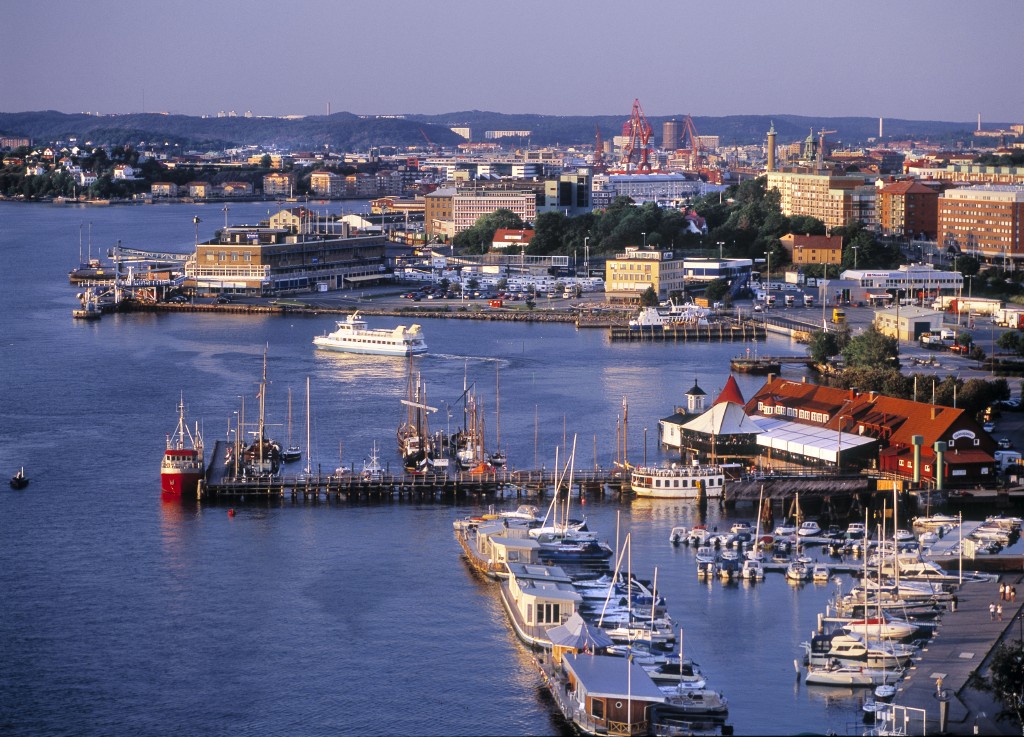

















About
Chalmers University of Technology is a research-intensive university, continuously rated as the best known as well as the best reputed university in Sweden, in annual public surveys. Chalmers also gets top scores on learning by students in the International Students Barometer.With more than 70 nationalities represented and 40 English taught two-year master’s programmes Chalmers is a highly progressive international university. Out of 10 000 students, 1 000 are international master’s students. Campus life is welcoming, generous and diverse. The location in Gothenburg, Sweden’s second biggest city, on the beautiful west coast makes for great times, studies aside, whether you prefer outdoor life or urban pleasures.The learning atmosphere is open-minded and informal, encouraging independent thinking and creativity in the tackling of intricate real-life problems with theoretical knowledge – a fertile environment for innovation. With this comes a genuine entrepreneurial spirit, embodied in the subsidiary Chalmers Ventures. Its highly ranked business incubators, are making sure new ideas finds their way to commercial use.The spirit of the Chalmers legacy is expressed in the vision for a sustainable future. Courses addressing environmental issues and sustainability has been integrated in all programmes for more than three decades.
About
Chalmers University of Technology is a research-intensive university, continuously rated as the best known as well as the best reputed university in Sweden, in annual public surveys. Chalmers also gets top scores on learning by students in the International Students Barometer.With more than 70 nationalities represented and 40 English taught two-year master’s programmes Chalmers is a highly progressive international university. Out of 10 000 students, 1 000 are international master’s students. Campus life is welcoming, generous and diverse. The location in Gothenburg, Sweden’s second biggest city, on the beautiful west coast makes for great times, studies aside, whether you prefer outdoor life or urban pleasures.The learning atmosphere is open-minded and informal, encouraging independent thinking and creativity in the tackling of intricate real-life problems with theoretical knowledge – a fertile environment for innovation. With this comes a genuine entrepreneurial spirit, embodied in the subsidiary Chalmers Ventures. Its highly ranked business incubators, are making sure new ideas finds their way to commercial use.The spirit of the Chalmers legacy is expressed in the vision for a sustainable future. Courses addressing environmental issues and sustainability has been integrated in all programmes for more than three decades.
University highlights
- 2012#223
- 2014#=202
- 2015#=175
- 2016#132
- 2017#139
- 2018#133
- 2019#=128
- 2020#=125
- 2021#=139
- 2022#=121
- 2023#=125
- 2024#129
- 2025#=139
- 2026#165
Campus locations
Campus Johanneberg,
Chalmersplatsen 4 , Gothenburg , Sweden ,
Campus Lindholmen,
Hörselgången 4 , Gothenburg , Sweden ,
Similar Universities
Stockholm School of Economics
Sveavägen 65, Stockholm
University West
Trollhättan
Karolinska Institutet
Nobels vag 6, Stockholm
Duke-NUS Medical School
8 College Road, Singapore
Haskayne School of Business, University of Calgary
Scurfield Hall, Calgary
Related content
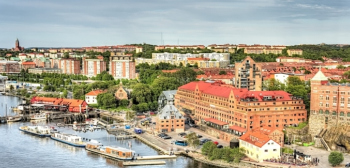
Gothenburg

6 Amazing Reasons To Study E…
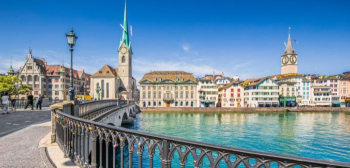
10 of the Best European Univ…

10 Unusual Courses You Didn’…
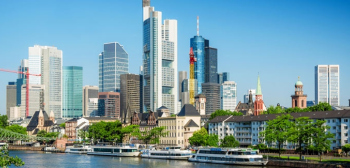
10 of the Best European Univ…

Top Civil Engineering School…

International Scholarships f…

Top Chemical Engineering Sch…

Top Mechanical Engineering S…
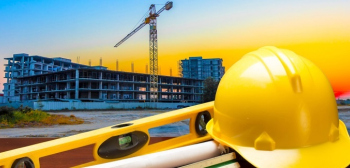
Top Civil Engineering School…
Test preparations
Featured University
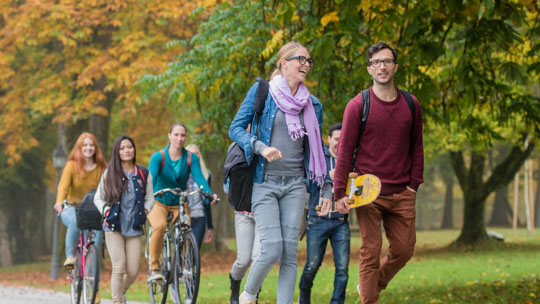
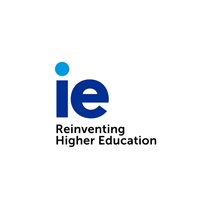
-
10 UG & 47 PGTotal courses
-
Private for ProfitStatus
-
HighResearch output
